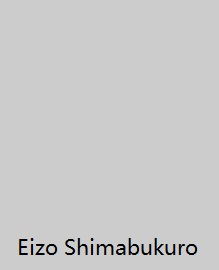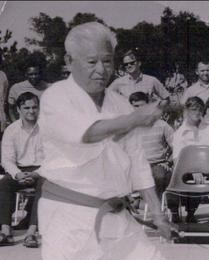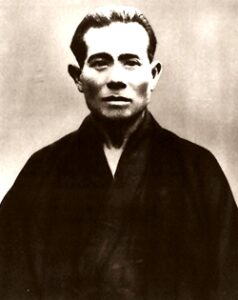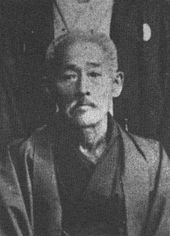Shorin-Ryu
Shorin-Ryu Karate is one of the significant branches of Okinawa Karate, created and developed by Okinawan masters. It primarily consists of techniques and traditions formerly practised in the Shuri and Tomari regions around Nah. Shorin-Ryu was first named by Chōshin Chibana in 1933, but the principles and techniques are much older.
There are four main branches of Shorin-Ryu. Those branches are Kobayashi-Ryu, Matsubayashi-Ryu, Shobayashi-Ryu and Matsumura Seito.




Uechi-Ryu

Uechi-Ryu (上地流) represents a time-honored Okinawan karate style known as the “Style of Uechi”. Originally referred to as Pangai-noon, translating to “half-hard, half-soft”, this martial art underwent a significant evolution under the guidance of its founder, Kanbun Uechi (1877-1948). Renamed Uechi-ryu in his honor, it retains a deep connection to Chinese Shorin-ken, sharing foundational elements with Naha-Te despite their separate paths. Consequently, Uechi-Ryu bears a distinct influence from Fujian province’s kung fu heritage. Its training regimen emphasizes Sanchin exercises and rigorous body conditioning, reflecting the essence of this esteemed martial tradition.
Goju-Ryu

Goju-ryu (剛柔流) stands as a prominent traditional style within Okinawan Karate, distinguished by its fusion of hard and soft techniques. Kanryo Higaonna (1853-1915), revered as a leading authority in Naha-Te, alongside his successor Chojun Miyagi (1888-1953), laid the groundwork for this style. The term “Go” denotes hardness, representing closed-hand techniques and direct linear strikes, while “Ju” signifies softness, embodying open-hand techniques and circular motions. Goju-Ryu seamlessly integrates both circular and linear movements, blending forceful strikes like kicks and punches with the fluidity of open-hand circular techniques. These techniques encompass various aspects of combat, including striking, blocking, and controlling opponents through locks, grappling, takedowns, and throws. Additionally, emphasis is placed on proper breathing techniques as a vital component of Goju-ryu training.